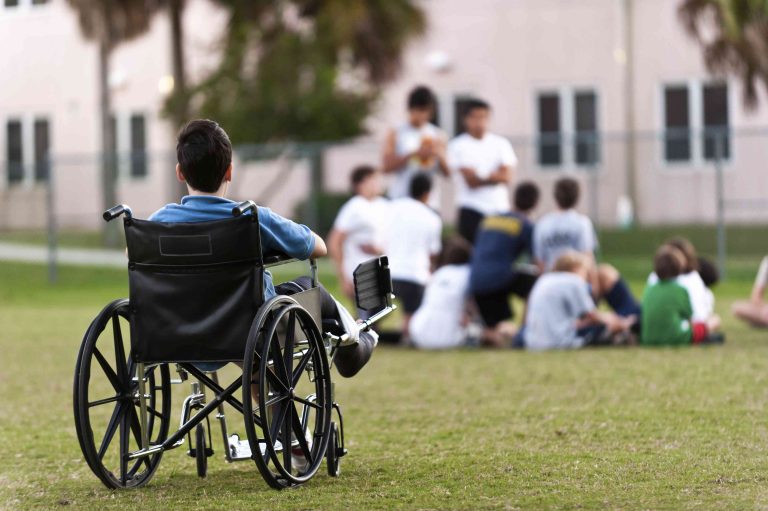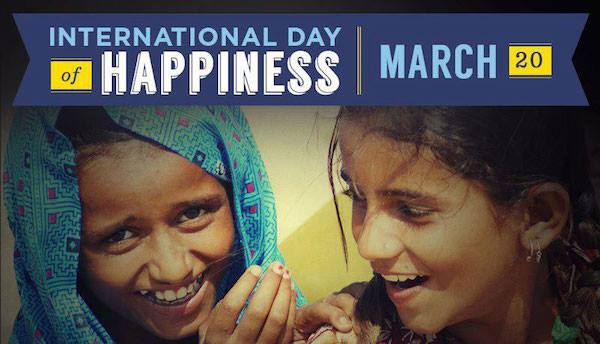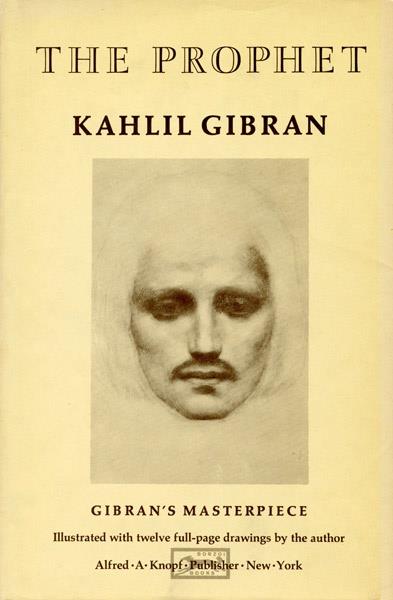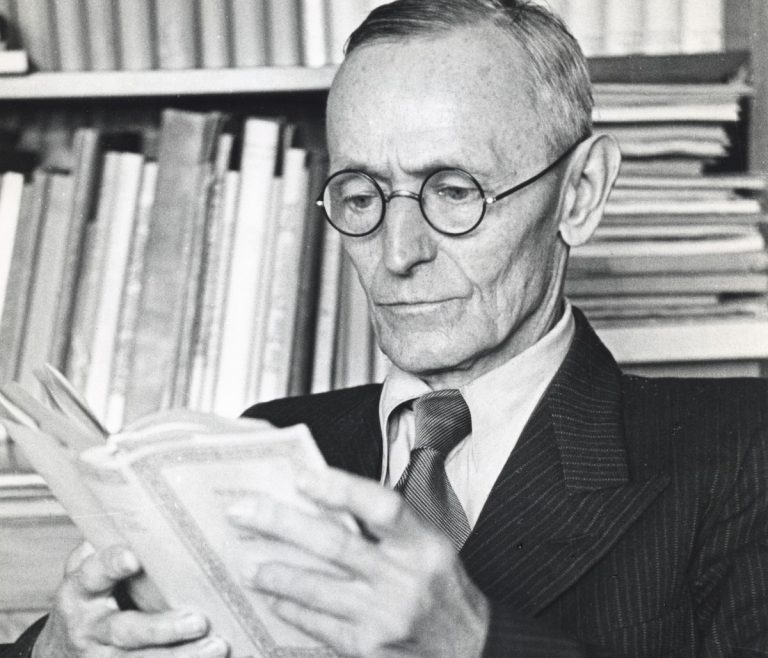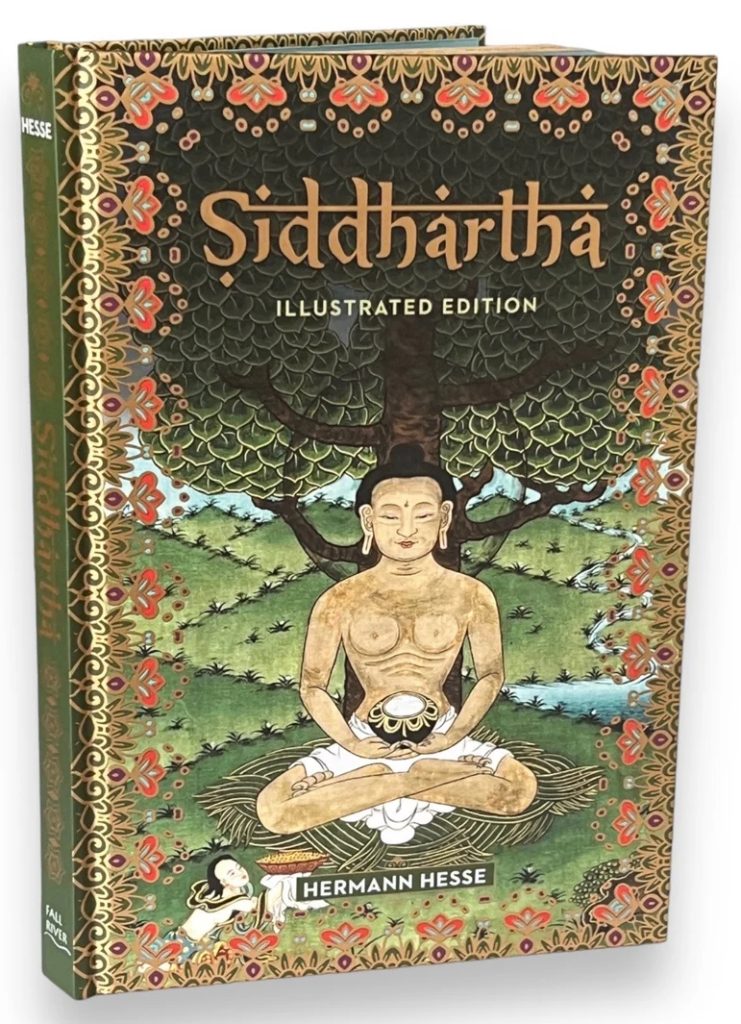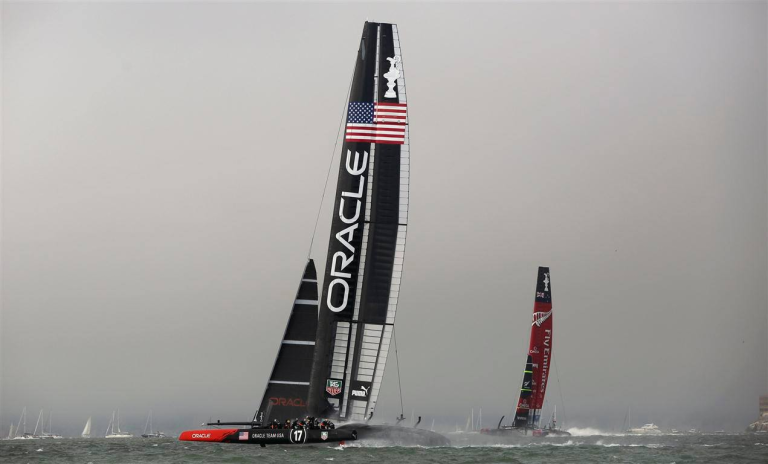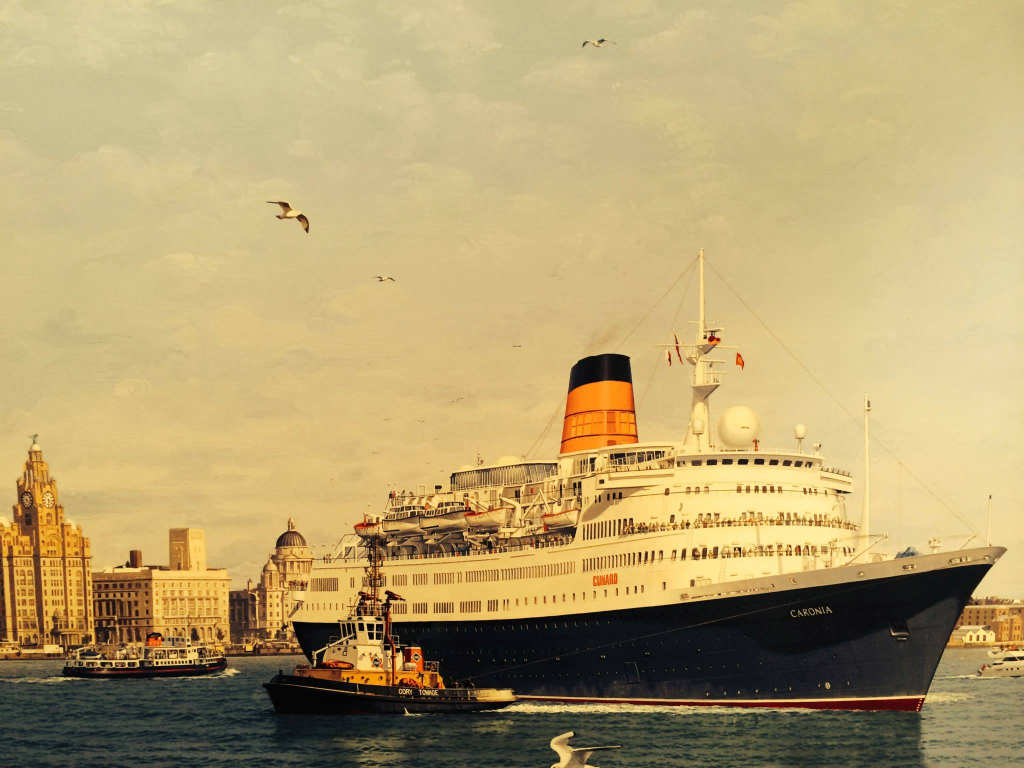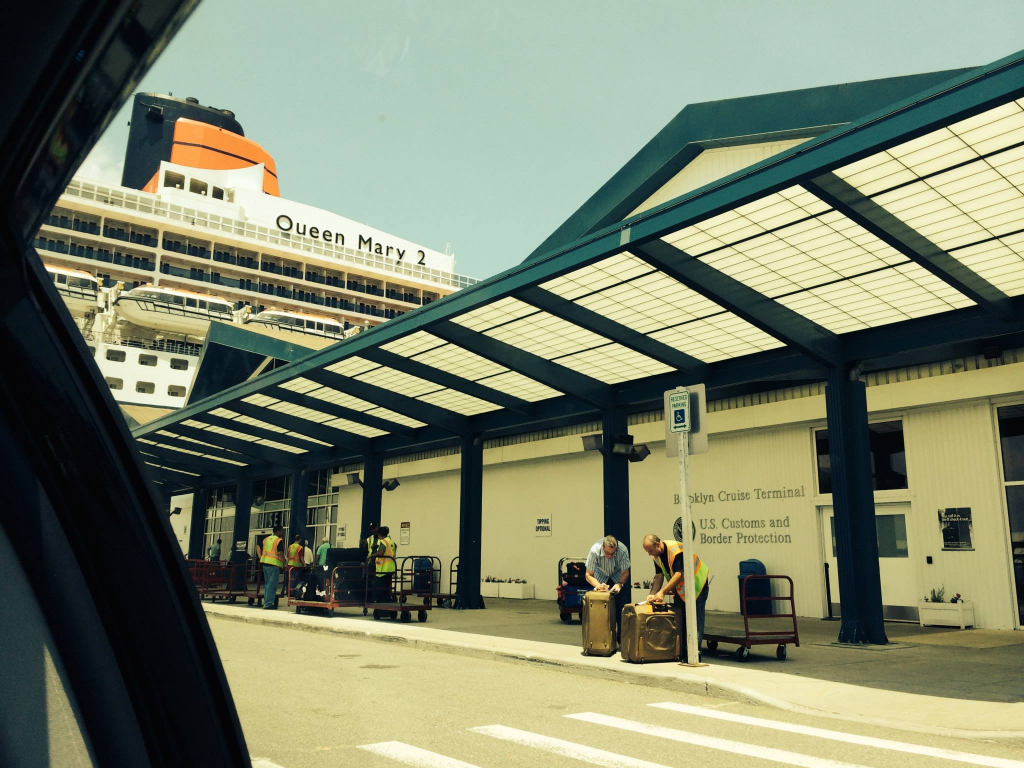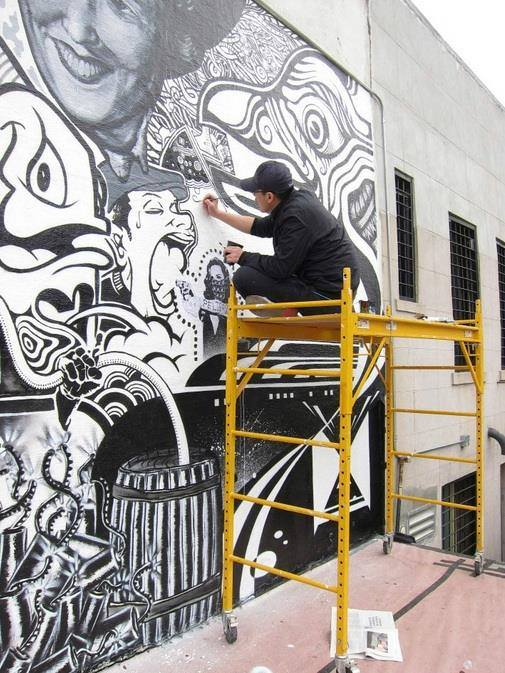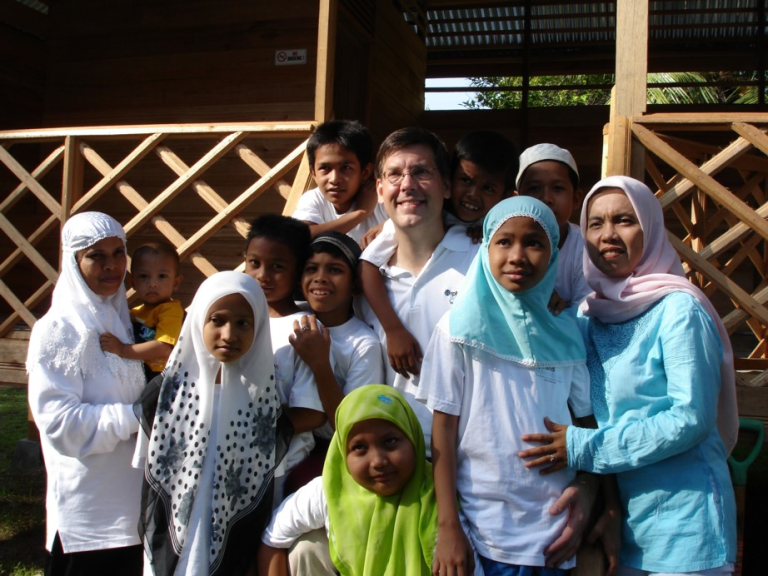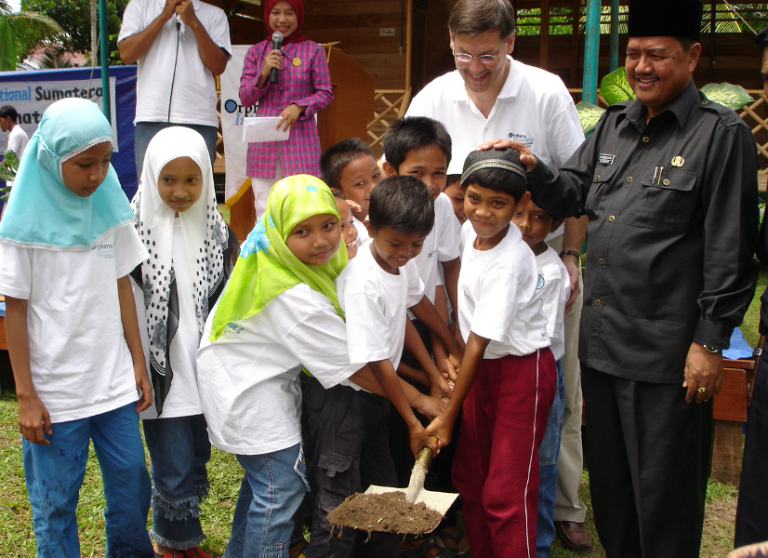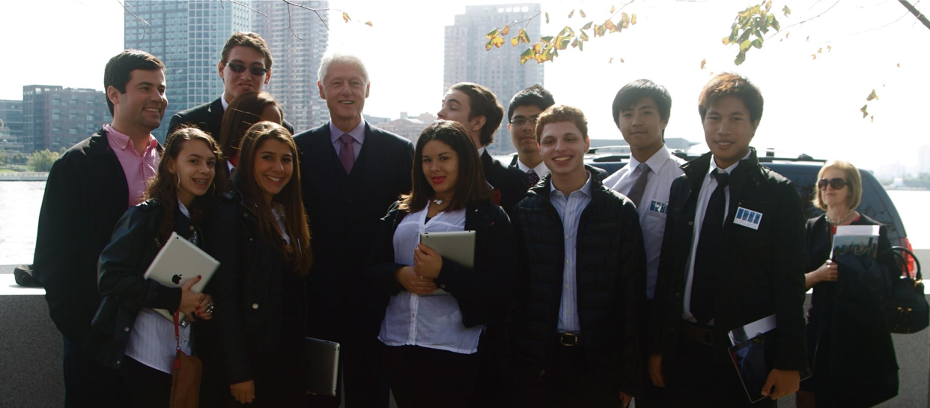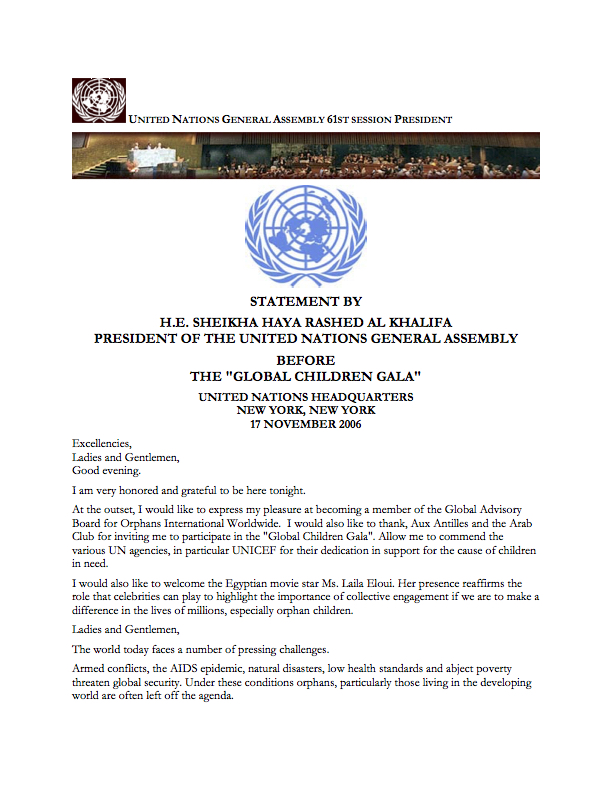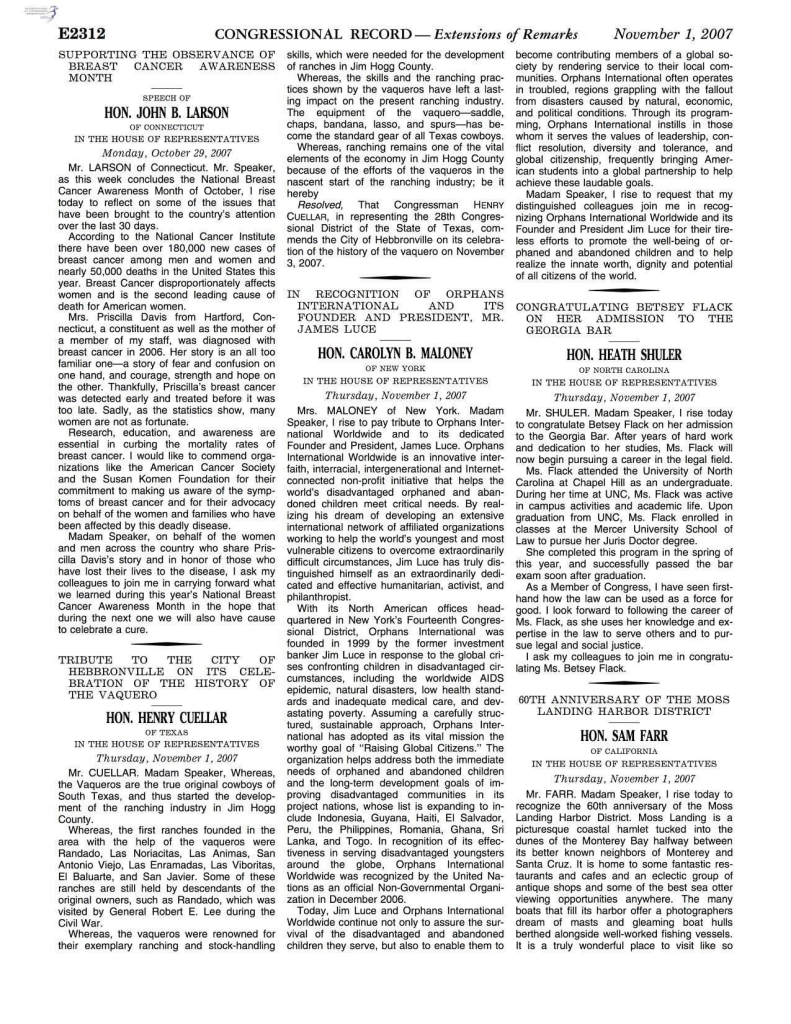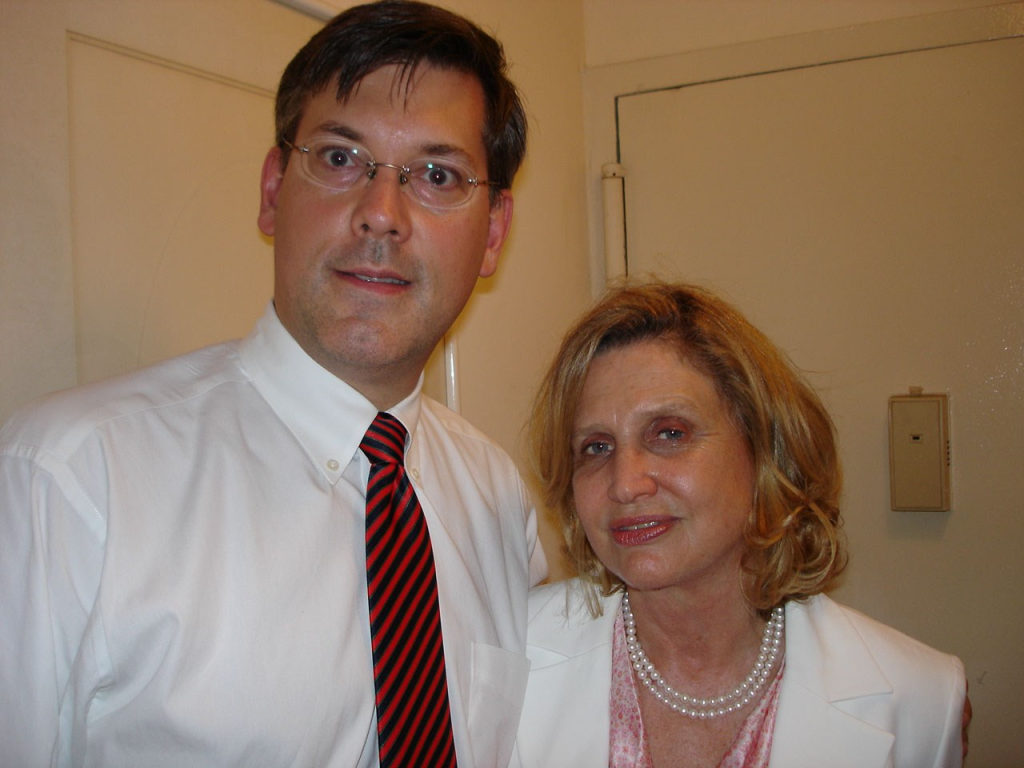[draft]
Forgotten Lives: German POW’s in France During World War I
Photo: German prisoners in a French prison camp. Credit: French Pictorial Service., 1917-19.
xxx
New York, N.Y.
During World War I, the battlefields of Europe were sites of unimaginable carnage and suffering. Amidst the chaos, tens of thousands of soldiers found themselves captured and taken prisoner, far from home. Among them were German soldiers who became prisoners of war (POWs) in France. Their stories, often overlooked in the broader narrative of the Great War, reveal a complex and harrowing experience of survival, humanity, and resilience.
Captured on the Western Front
As the war raged on the Western Front, German soldiers were captured in significant numbers by Allied forces. Battles such as Verdun, the Somme, and the Marne saw countless troops taken prisoner. Once captured, these soldiers faced an uncertain fate. Transported across war-torn France, they were housed in makeshift camps, far removed from the front lines and their homeland.
Life in the Camps
Life in the POW camps was arduous and fraught with challenges. The conditions varied significantly from camp to camp, but overcrowding, inadequate food, and harsh weather were common issues. Many camps were hastily constructed, with prisoners often housed in barracks or tents that provided little protection from the elements.
Despite the hardships, the camps were not merely places of confinement. The Geneva Convention of 1907 stipulated certain standards for the treatment of POWs, including adequate food, shelter, and medical care. However, the reality often fell short of these ideals. Supplies were scarce, and the captors’ ability to provide for the POWs was hampered by the strain of the ongoing war.
Work and Survival
To manage the growing number of POWs and address labor shortages, the French authorities employed many German prisoners in various forms of labor. They worked on farms, in factories, and on infrastructure projects, such as road and railway construction. While the work was physically demanding and sometimes dangerous, it provided the prisoners with a sense of purpose and, in some cases, better living conditions than those in the camps.
The labor performed by German POWs was vital to the French war effort and the country’s economy. On the farms, prisoners helped to maintain food production, crucial for both the military and civilian populations. In industrial settings, they contributed to the production of war materials and essential goods.
The Human Side of Captivity
Despite the adversity, moments of humanity and solidarity emerged. POWs formed close bonds with their fellow captives, providing emotional support and camaraderie. They organized themselves into groups, elected leaders, and even held educational and cultural activities to maintain morale. Language barriers and initial animosities gradually gave way to mutual respect and understanding between some prisoners and their captors.
Instances of kindness were not uncommon. Some French civilians, despite the wartime propaganda, showed compassion toward the German prisoners. There were reports of locals sharing food, clothing, and small comforts with the POWs. These acts of humanity provided a glimmer of hope and reminded the prisoners that even in the darkest times, empathy and kindness could still prevail.
Letters and Longing
Communication with families back home was a lifeline for many POWs. Letters were meticulously censored, but they allowed prisoners to maintain a connection with their loved ones. The contents of these letters often focused on personal news, expressions of longing, and hopes for a swift end to the conflict. Receiving letters and parcels from home was a major event in the camps, lifting spirits and providing a temporary escape from the grim reality of captivity.
The End of the War and Repatriation
With the Armistice in November 1918, the war came to an end, but the ordeal for many German POWs was not yet over. The process of repatriation was slow and complicated by logistical challenges and political considerations. It took months, and in some cases years, for all the prisoners to return home.
For the returning soldiers, reintegration into civilian life was fraught with difficulties. They carried the physical and psychological scars of their captivity, and many faced economic hardship and social stigma. Despite these challenges, the experience of being a POW had also instilled in them a sense of resilience and a deeper appreciation for peace.
Legacy and Memory
The stories of German POWs in France during World War I are a poignant reminder of the human cost of conflict. These men, like so many others caught up in the tides of war, endured immense suffering and hardship. Yet, their experiences also highlight the capacity for resilience, solidarity, and humanity even in the most trying circumstances.
Today, their stories are an essential part of the broader narrative of World War I, offering valuable insights into the complexities of war and the enduring spirit of those who lived through it. By remembering the experiences of German POWs in France, we honor their sacrifices and reaffirm our commitment to the principles of compassion and understanding that are so crucial in our world.
In commemorating these forgotten lives, we acknowledge the shared humanity that transcends national boundaries and the enduring hope for a world where such suffering is never repeated.
Forgotten Lives: German POW’s in France During World War I (July 4, 2014)
Museum of Modern Art in Ibaraki, Just North of Tokyo
[draft]
The Museum of Modern Art, Ibaraki (茨城県近代美術館) opened on the shore of Lake Senba in Ibaraki Prefecture, 75 miles above Tokyo on the coast, October 1988 [website in English].
The collection, numbering some 3,700 pieces, includes works by Manet, Monet, and Renoir, Gustave Courbet, Eugène Carrière, Camille Pissarro und Alfred Sisley.
In addition, Yōga (“Western-style painting”) and Nihonga (“Japanese-style painting) by artists including Tsuguharu Foujita, Heihachirō Fukuda, Taikan Yokoyama, Yukihiko Yasuda, Tetsugoro Yorozu, Kanzan Shimomura, Kenzo Okada, Yasuo Kuniyoshi, Kiyokata Kaburagi, Kokei Kobayashi, Gyoshū Hayami, Hishida Shunsō, and Shikō Imamura.
Museum of Modern Art in Ibaraki, Just North of Tokyo (June 26, 2014)
Shunso Hishida at Museum of Modern Art, Ibaraki
[draft]
Shunsō Hishida (菱田 春草) was the pseudonym of a Japanese painter from the Meiji period. One of Okakura Tenshin’s pupils along with Yokoyama Taikan and Shimomura Kanzan, he played a role in the Meiji era innovation of Nihonga (Japanese-style painting). He was known, among other things, for his numerous paintings of cats.
Hishida was born in Nagano in 1874, just after the Meiji Restoration, and died at only 36 in 1911. He lived in Shibuya, Tokyo.

Fallen Leaves
Created: 1909
Medium: two-panel screen; ink and color on silk
Dimensions: 128 cm x 55 cm

Fallen Leaves by Shunso Hishida, 1909, Museum of Modern Art, Ibaraki.
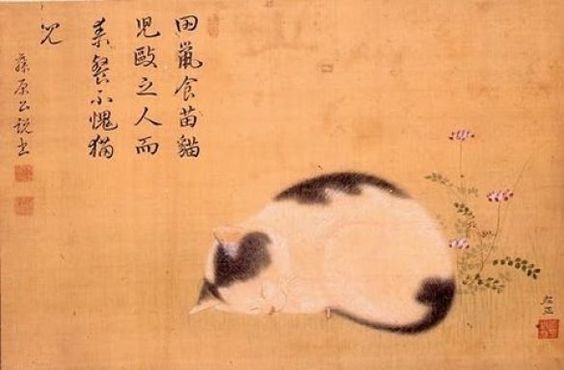
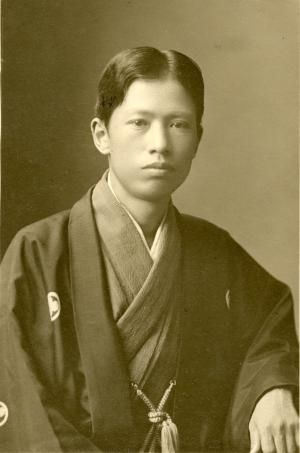
Shunso Hishida at Museum of Modern Art, Ibaraki (June 26, 2014)
Artist William Bradford
Cloud Study, William Bradford, c. 1870-1880.
Harvard Art Museums/Fogg Museum, Bequest of Isabella Grandin.
Size: 30.5 x 45.7 cm (12 x 18 in.)
Medium: Oil on buff wove paper
[draft]
Gandhi’s Dedication to Non-Violence Remains Example for All
[draft]
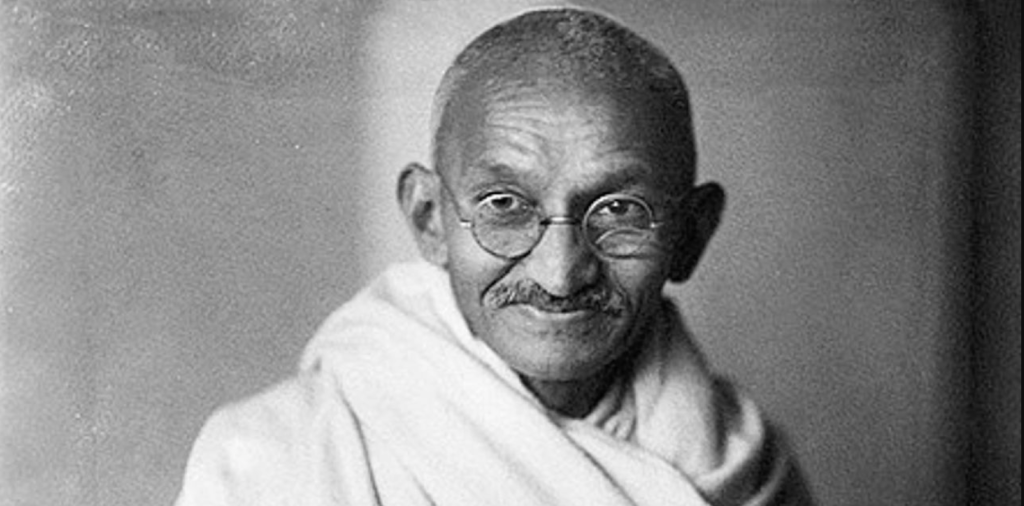
New York, N.Y. Mahatma Gandhi [Luce Index™ Score: 95]…
Gandhi Jayanti
Gandhi Jayanti is an event celebrated in India to mark the birthday of Mahatma Gandhi. It is celebrated annually on October second, and is one of the three national holidays in India. The United Nations celebrates the day as International Day of Non-Violence. Called the “Father of The Nation” by Subhas Chandra Bose, Gandhi espoused one of the most well known philosophies of nonviolent resistance.
Commemoration
Gandhi Jayanti is celebrated yearly on October second and is observed in all of India’s states and territories. It is marked by prayer services and tributes across India, including at Gandhi’s memorial, Raj Ghat, in New Delhi where he was cremated. Popular activities include prayer meetings, commemorative ceremonies in different cities by colleges, local government institutions and socio-political institutions.
On this day awards are granted for projects in schools and the community encouraging a nonviolent way of life as well as celebrating Gandhi’s effort in the Indian independence movement. Gandhi’s favorite bhajan (Hindu devotional song), Raghupati Raghava Raja Ram, is usually sung in his memory. Statues of Mahatma Gandhi throughout the country are decorated with flowers and garlands, and some people avoid drinking alcohol or eating meat on the day. Public buildings, banks and post offices are closed.
http://stewardshipreport.com/gandhis-dedication-to-non-violence-remains-example-for-all/
Gandhi’s Dedication to Non-Violence Remains Example for All (June 20, 2014)
TAGS: Mahatma Gandhi, India, Non-Violence
Harry Belafonte
With Harry Belafonte [Luce Index™ Score: 99] at the United Nations in New York.
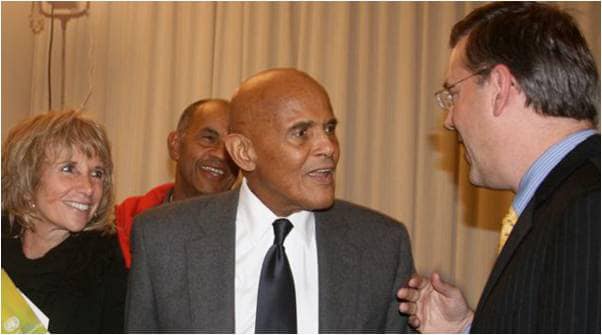
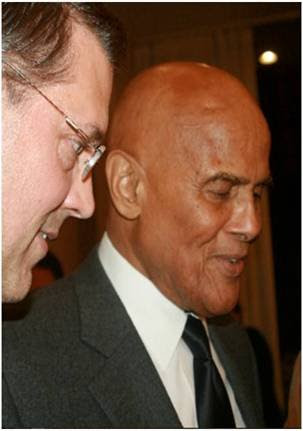
See: Harry Belafonte (June 20, 2014)
Asymmetrik Gallery Hosts 2013 Summer Soirée for Orphans International
[draft]
Orphans International Worldwide Fundraiser & Birthday Bash Next Wednesday evening, 7/24/13 – Asymmetrik Gallery’s first event – a benefit for Orphans International Worldwide and my birthday – JOIN US!
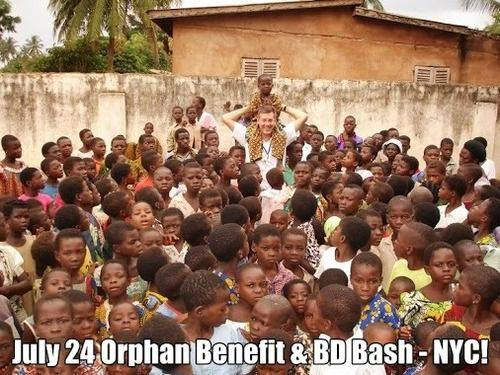
Asymmetrik Gallery Hosts 2013 Summer Soirée for Orphans International
Franklin Delano Roosevelt
[draft]
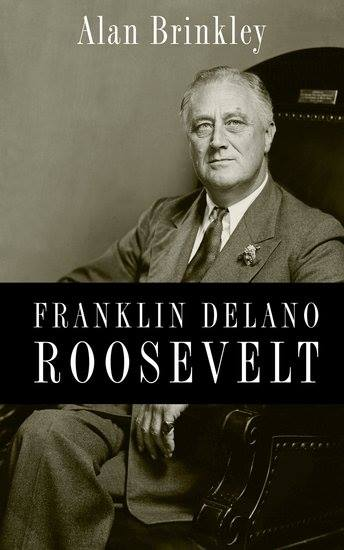
Sri Lankan Children
[draft]
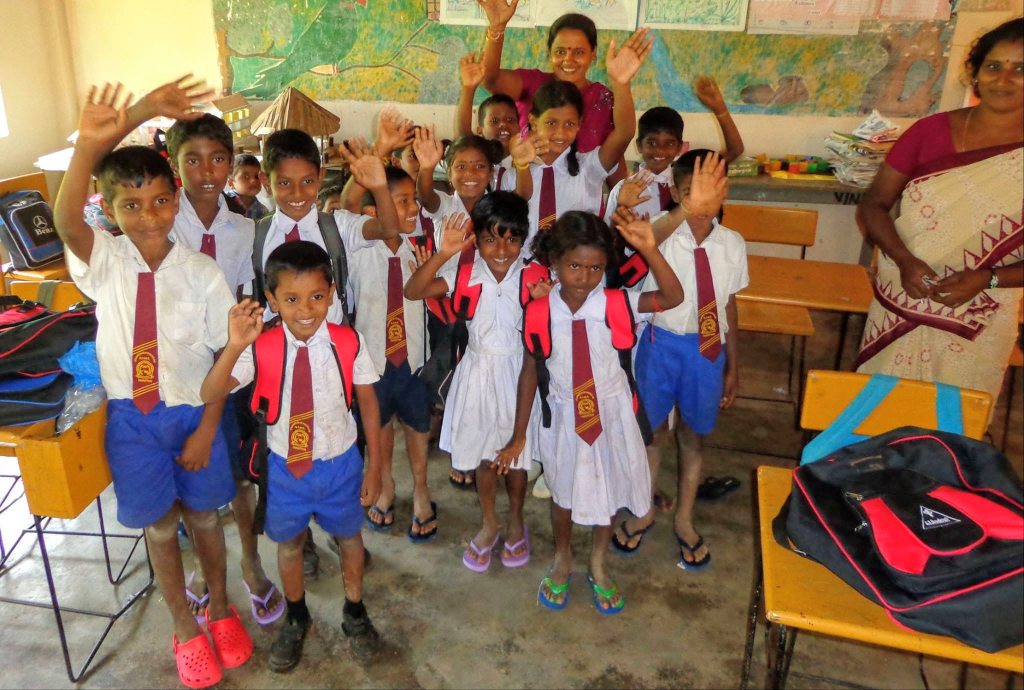
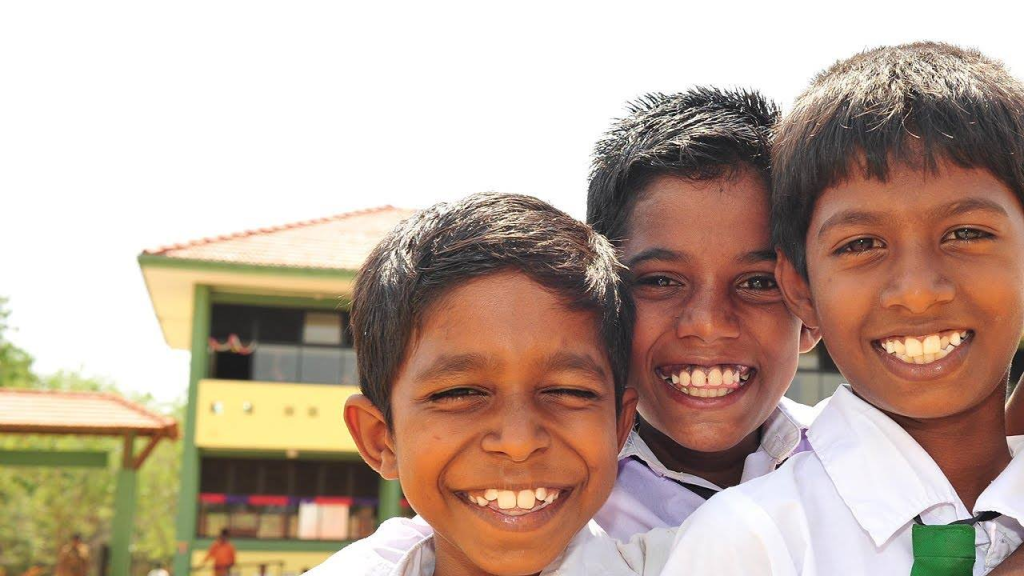
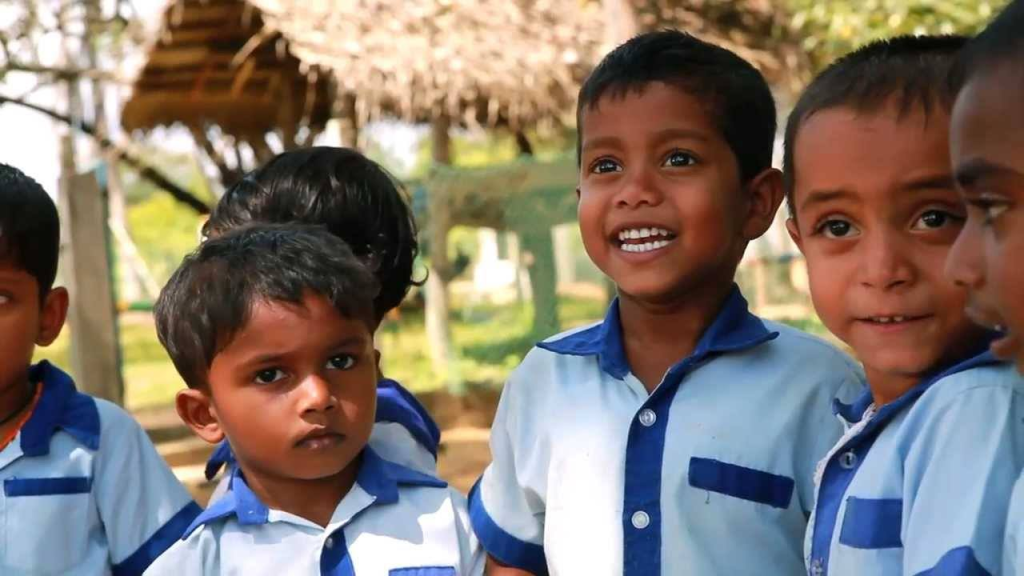
New York Film Academy
[draft]

ESSAI | D’abord un orphelin, puis beaucoup d’autres : Orphans International
Photo: Jim Luce avec des orphelins du tsunami de 2004. Crédit : Orphans International.
Par Jim Luce
12 novembre 2007
Les États-Unis regorgent de bienfaiteurs aisés convaincus que leur expérience et leur créativité peuvent mobiliser expertise et argent pour améliorer la vie des populations des pays en développement. Sept ans après avoir fondé ma propre organisation caritative mondiale, je sais maintenant que c’est possible, bien que souvent problématique. Il faut beaucoup de passion, d’énergie et d’intelligence, mais il en faut tout autant pour les personnes à l’étranger qui vous aident.
Travaillant à Wall Street il y a des années, j’ai rencontré une mosaïque de personnes de diverses ethnies et personnalités, toutes poursuivant joyeusement le dieu tout-puissant dollar. J’ai réalisé qu’avec une cause commune, toutes les différences peuvent être surmontées.
À l’époque, je passais mes week-ends à sauver des chiens et des chats des rues de New York. Mais je voulais faire quelque chose pour aider le monde. Invité par un ami indonésien à voyager avec lui dans sa ville natale des îles Célèbes, j’ai sauté sur l’occasion et nous sommes partis. Ma vie était sur le point de changer radicalement.
Par hasard, nous sommes passés devant un orphelinat, et j’ai ressenti le besoin de le visiter. J’étais intrigué. Au fil des ans, les orphelinats ont été progressivement éliminés aux États-Unis, remplacés par le système de placement familial. En entrant dans l’établissement faiblement éclairé, j’ai été submergé par les conditions extrêmement pauvres. Il y avait beaucoup d’amour, mais l’établissement lui-même était délabré. Si ces enfants avaient juste plus d’argent pour la nourriture et le logement — environ 600 dollars par an, selon moi — ils pourraient s’épanouir. Que pouvais-je faire personnellement pour que cela se produise ?
Un bébé se distinguait littéralement des autres, et ses yeux suppliants mais déterminés semblaient exiger que je l’emmène avec moi. Son nom était Mathew. Il avait 10 mois.
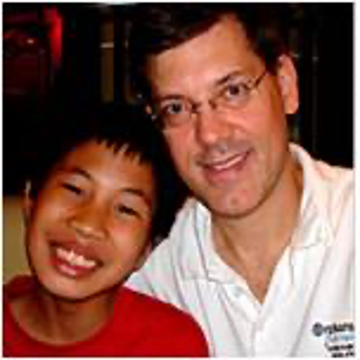
La connexion entre nous fut immédiate, et après avoir parlé avec ma fiancée, j’ai accepté de l’adopter. Le personnel a demandé que son maillot de corps, plein de trous, soit laissé pour le prochain enfant.
Moins d’un an plus tard, Mathew avait franchi les bureaucraties indonésiennes et américaines et était dans mes bras à l’aéroport Kennedy.
Avant l’arrivée de Matt, j’avais discuté de ce que j’avais vu avec une psychologue pour enfants perspicace à Boston — Frances Dudley Alleman-Luce, ma mère et amie. Je ne pouvais pas arrêter de penser aux autres bébés de l’orphelinat, vivant dans des conditions dickensiennes, pires que les refuges pour animaux de New York. Ils ne pouvaient pas tous être adoptés, mais ils pouvaient être aidés. Ma mère et moi avons discuté des moyens de le faire.
Puis vint le dénouement : “Maman, devine quoi ? ” ai-je dit. “J’ai adopté ce petit garçon — tu es maintenant sa grand-mère ! ” Il ne lui fallut que quelques secondes pour réaliser que la théorie était maintenant profondément personnelle — et une nouvelle page de l’histoire de notre famille venait de se tourner. La matriarche de notre famille, avec de profondes racines dans la Nouvelle-Angleterre puritaine et anglicane, venait de recevoir un petit-fils chinois-indonésien.
Lorsque Matt est arrivé, elle l’a immédiatement adopté comme le sien et lui a fait le même tour de la cour de Harvard qu’elle m’avait fait enfant, montrant les racines de notre famille là-bas. Aujourd’hui, il est un adolescent moyen de New York.
Des solutions aux problèmes globaux auxquels j’avais été confronté dans les îles Célèbes devaient exister. Ma mère a étudié mon inclination à donner de l’amour et de l’affection aux nécessiteux et m’a défié de conceptualiser mon objectif d’améliorer la vie des orphelins.
C’est ainsi qu’est née l’idée d’un système de familles d’accueil de substitution dans les pays en développement. Mon concept reposait sur de petites maisons avec seulement quatre enfants et un parent dans chaque logement. Mon objectif était d’élever des enfants orphelins de la petite enfance à l’âge adulte de la manière dont j’élèverais mon fils. Cette simple notion est désormais codifiée sous le nom de “Règle de Mathew”. Mathew pourrait-il s’épanouir ici ? C’est notre critère strict et principal.
Ma mère est décédée en 2001, et dans son testament, elle a désigné de l’argent avec l’espoir que je commencerais Orphans International. Compte tenu de mon héritage — d’un co-fondateur de Harvard (Thomas Dudley) au fondateur du Naval War College (Stephen Bleecker Luce) — peut-être croyait-elle que la construction d’institutions était dans mes gènes.
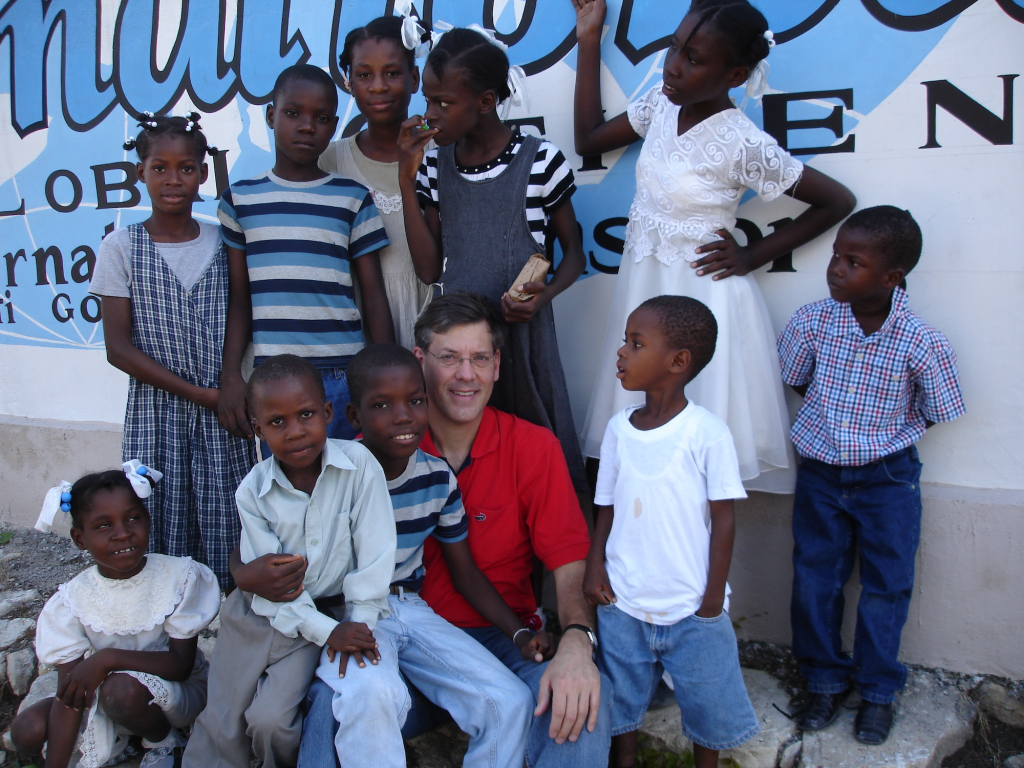
Nous avons incorporé Orphans International en Indonésie plus tard cette année-là, et avons ouvert notre première maison à Sulawesi. En 2002, nous nous sommes incorporés à New York et avons commencé à lever des fonds ici. Nous avons commencé à travailler en Haïti en 2003, ouvrant finalement une maison à Gonaïves.
Ensuite, le tsunami a frappé l’océan Indien d’Indonésie au Sri Lanka. Les contributions ont afflué, de ma propre communauté de Roosevelt Island et des familles éminentes du monde entier qui avaient entendu parler de nous par le bouche à oreille. Nous avons placé du personnel sur le terrain — en fait dans la boue — en quelques jours à Aceh, en Indonésie, avons rapidement mis en place une maison et avons accueilli nos premiers orphelins du tsunami avec amour et compassion. J’ai pensé à ma mère.
Lorsque la vague a frappé le Sri Lanka, un jeune couple sri-lankais-américain a été pris dans son étreinte mortelle sur une plage près de Galle. Le mari a été emporté. Sa femme américaine a survécu. En sa mémoire, son père a promis de construire un village d’orphelins au Sri Lanka.
Avec le soutien de notre conseil d’administration, nous avons construit une organisation non gouvernementale associée aux Nations Unies. Notre organisation faîtière est Orphans International Worldwide, avec notre bureau administratif géré par des bénévoles à Lima, au Pérou, et notre programme de stages bénévoles à New York. Cette structure nous permet de maintenir des frais généraux faibles ; notre dernier audit montre moins de 8 % dépensés en administration.
Pour financer ces efforts, nous avons créé le Cercle des Fondateurs, le Cercle des Présidents et le Conseil Consultatif — chaque groupe avec des engagements financiers spécifiques. Depuis que nous sommes associés au Département de l’information publique des Nations Unies, la Règle de Matt a été élaborée et est devenue une norme pour les orphelinats des pays en développement.
Après le tsunami, j’ai démissionné de mon travail à Wall Street pour me consacrer à l’augmentation des financements, à la construction de programmes et à l’assurance de la conformité à nos normes mondiales. Des progrès considérables ont été réalisés avec des professionnels locaux honnêtes, solidaires et bienveillants. Nous espérions qu’ils nous aideraient à éviter les revers — y compris d’innombrables cas de népotisme et de corruption — auxquels nous avons été confrontés. Ils l’ont fait dans une certaine mesure, mais les défis sont toujours survenus.
Par exemple, un membre du conseil d’administration de l’un de nos programmes nous a fait pression pour embaucher sa maîtresse en tant que directrice et louer le manoir de son frère comme orphelinat. Non. Un employé a vu des signes de dollar après le tsunami et les millions d’aides qui ont suivi, et a annoncé qu’il prenait le contrôle de l’organisation. Non. Un autre officier, avec moi pendant deux ans, ne pouvait pas rendre compte des fonds. Encore une fois, non. Comment quelqu’un peut-il trahir ses propres enfants ?
Malgré ces batailles en coulisses, nous sommes sur le terrain dans 12 pays et avons un budget annuel de 500 000 dollars, avec des projets en Haïti, en Indonésie et au Pérou, et bientôt au Sri Lanka. Curieusement, le Sri Lanka est le seul pays dans lequel nous n’avons jamais été trahis. Là-bas, nous n’avons pas été confrontés à la corruption, mais plutôt à la lente torture de la bureaucratie. Je crois que notre projet là-bas, qui est sur le point d’accueillir ses premiers enfants, pourrait devenir le modèle de nos efforts mondiaux.
Orphans International est devenu ma vocation, et cela peut être dangereux. L’été dernier en Haïti, lors d’une baignade avec notre directeur local et deux de nos enfants, nous avons été attaqués par une foule de personnes qui pensaient que nous enlevions leurs enfants. La police haïtienne a vu le danger et nous a sauvés, mais elle a elle-même été débordée par la foule violente. En fin de compte, nous avons été sauvés par des soldats de la paix des Nations Unies.
Finalement, je crois que la patience, la confiance, la bonne volonté et Internet rendent nos efforts possibles. Nous communiquons avec nos 218 bénévoles à travers les fuseaux horaires par e-mail, messagerie instantanée et Skype. Plaxo, Facebook et LinkedIn jouent également un rôle dans notre sensibilisation. Nous prévoyons que nos parrains puissent saluer directement leurs enfants via Skype.
Comme à Wall Street, les semaines de 100 heures continuent, sauf que maintenant je ne reçois plus de salaire ni de bonus annuel. En 2006, j’ai encaissé mes économies de retraite pour maintenir nos efforts à flot. Mon objectif continue d’être la recherche du dollar tout-puissant — mais désormais pour les autres.
Jim Luce est le fondateur et président de Orphans International Worldwide.
ESSAI | D’abord un orphelin, puis beaucoup d’autres : Orphans International
Story of Orphans International Sumatera at Greater Aceh
Finally, we break ground for Roosevelt Island House, with government officials looking on…
In the Wake of the Great Indian Ocean Tsunami of 2004, with 250,000 Washed Away

December 26, 2004, the Tsunami hit, leaving behind devastation in its wake…

And destroying many homes and businesses – and up to a possible 250,000 lives…

Many Acehenese survived in the mountains …

…while the wave left the area that was once heavily populated barren and desolate.
| At the direction of Orphans International Worldwide, our Indonesian director came to Aceh to see how OIW could help the Acehenese children. He saw the death and destruction first hand, and conveyed it’s enormity to our board of directors. | Dengan arahan “Orphans International Worldwide,” Ramdani Sirait tiba di Aceh dan mencari tahu apa yang bisa dilakukan OIW untuk anak-anak Aceh.…dan dia menyaksikan langsung kematian dan kehancuran, dan menyampaikan kedahsyatan itu kepada para pengurus OIW. |

People were left to live in primitive refugee camps after the quake.

But their hopes of a new beginning were stronger than their grief, so they began recuperating what little was left.

Our director discovered the bridge to the Village of Lubuk Sukon outside Banda Aceh…

And down a quiet street, a new life was awaiting to begin for 240 kids – our goal over the next two years.

The house and health clinic needed much repair before the children could move in.

…and the process began that led to our first home of OI Sumatera today…
MISSING PICTURE
And with supplies trucked in from over the mountains m Medan, coordinated by our international director.
Di awalnya, semua kebutuhan harus di beli di Medan, dikirim dengan truk ke Aceh yang dikoordinir oleh Dani Sirait.

While staff from Haiti, Peru and America planted mango trees…
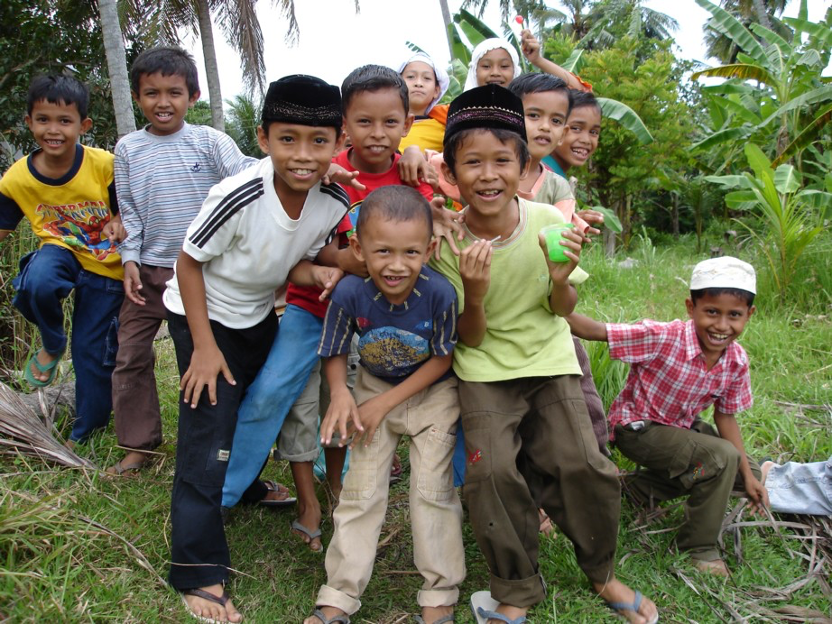
The neighborhood children came to see what we were doing…

Meanwhile, I continued the work begun by our international director, meeting with local officials…

And our wonderful, Achenese-style Multifunction Room opens.

Yuri Guanilo and Jacques Africot, heads of our projects in Peru and Haiti, hang curtains in preparation…

Sumatera Coordinator Eddi Saputra, Bali Director Agus Helly and handyman Bang Nuri set up home…

We believe a French medical agency may work with us to run our Public Health Clinic.

View from behind our public health clinic: rice fields surrounded by mountains.
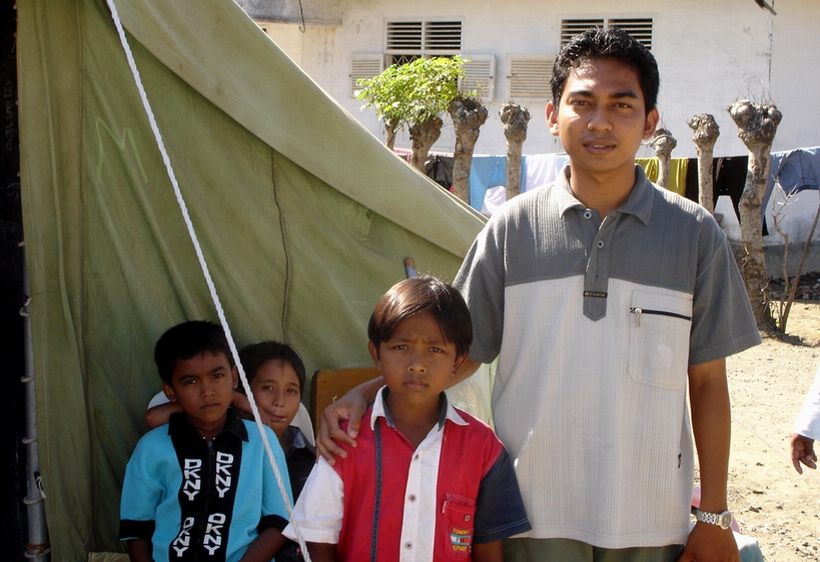
Many children were left without a home or family, and had to survive the first few days on their own. Thanks to Orphans International, many were given a new start. Eddi, our staff coordinator, picks up one of our children from a refugee camp

The children, such as Wahyu, were happy to leave the camps…

As two of our children prepare to leave the refugee camp for our home, a look of fear and relief…
Bahrizal dan Rahmyanapun bersiap untuk juga pindah…

Wearing the backpacks we have already given them, they carry everything they own with them…

As we prepare the complex for our Grand Opening, local students pass by on the way to school…
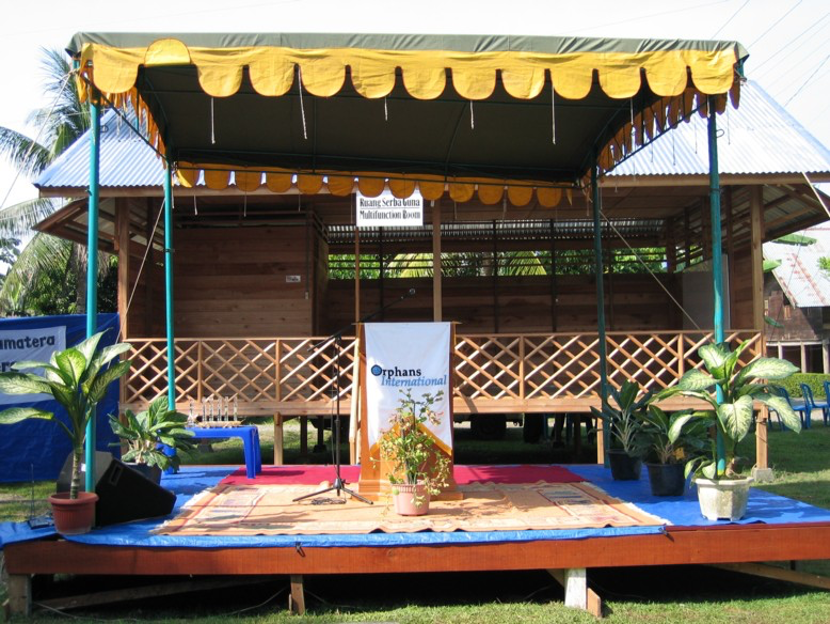
The stage is set for the Opening of our Campus for Tsunami Orphans in Greater Aceh, Sumatera.

Yuri Guanilo (Peru), Eddi Saputra (Aceh) and Jacques Africot (Haiti) are sure to get good seats!…
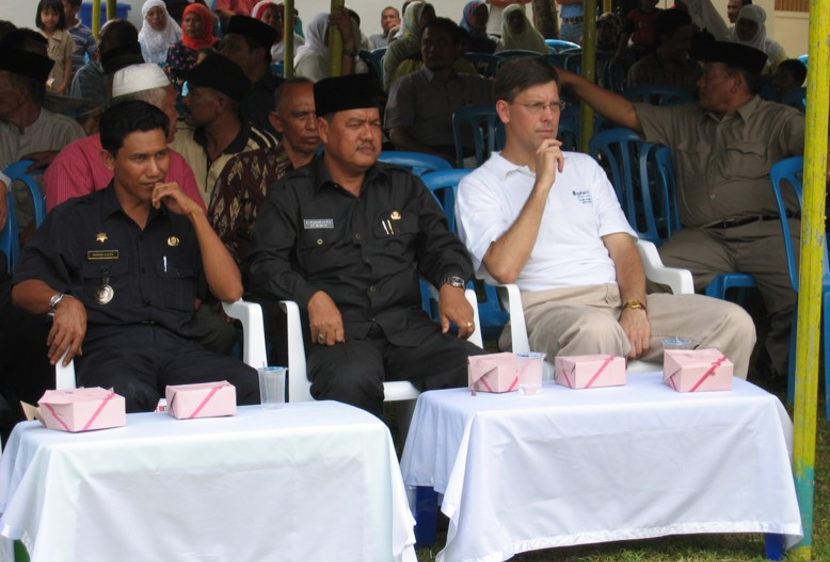
While speakers sit in the front row, ready to share thoughts on the importance of helping children.
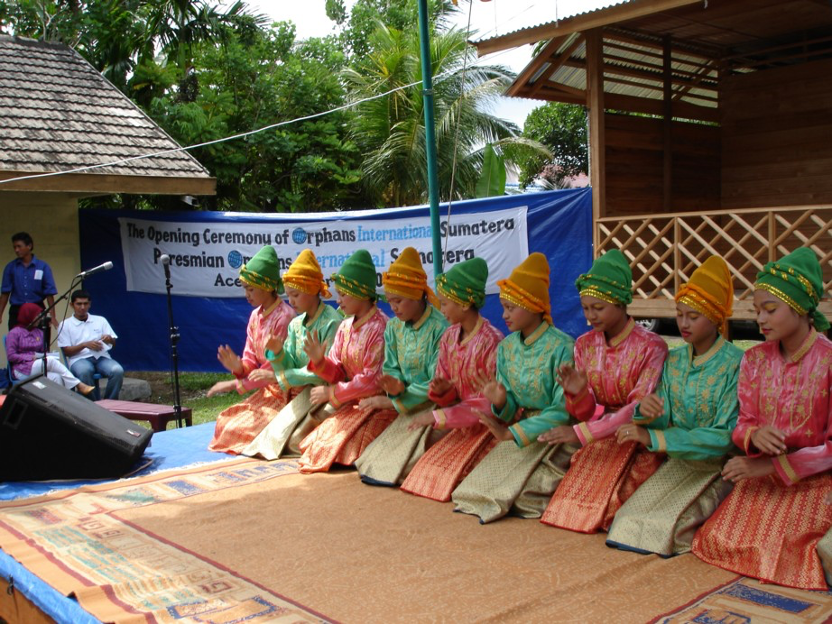
And traditional Acehenese dancers perform a welcome dance to the delight of the crowd…

The beautiful costumes awe the crowd.
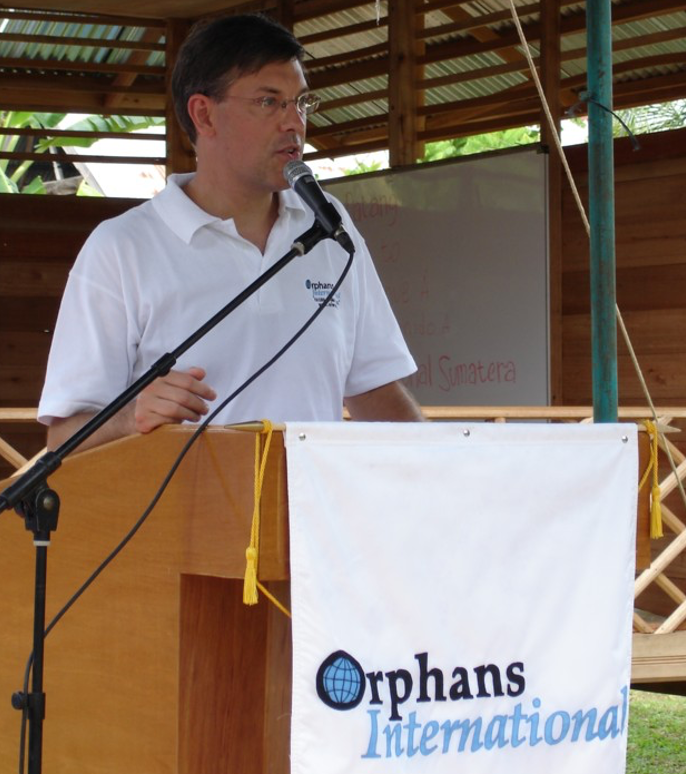
While I share our Orphans International philosophy with those gathered.
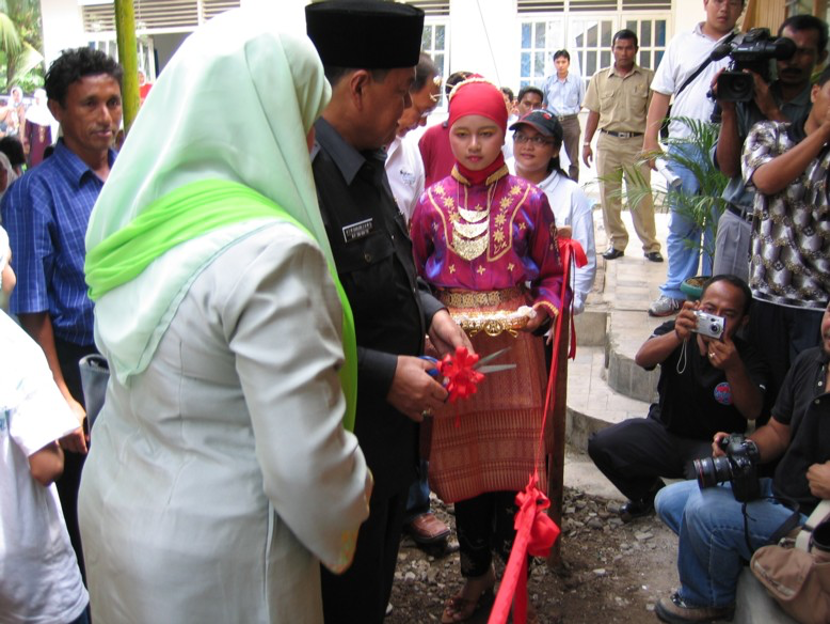
Finally we are ready for government officials to cut the red ribbon to Grodzins & Rotary Houses…

Police and Indonesian Army brass attend the Opening, as well as local and religious leaders…

Then Jim and our international diector hand out awards of appreciation for their cooperation to local leaders…
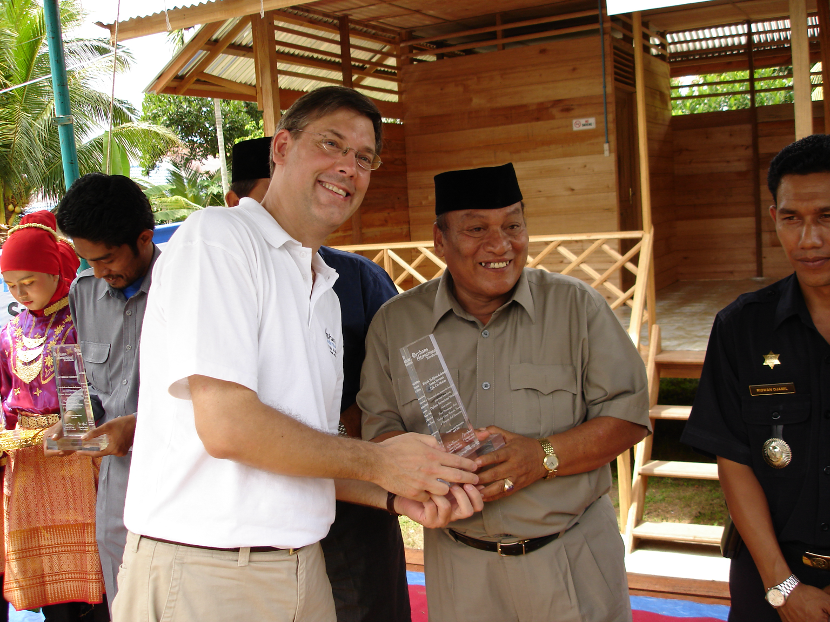
Especially to Pak Djoni, leader of the local village foundation with whom we cooperate.
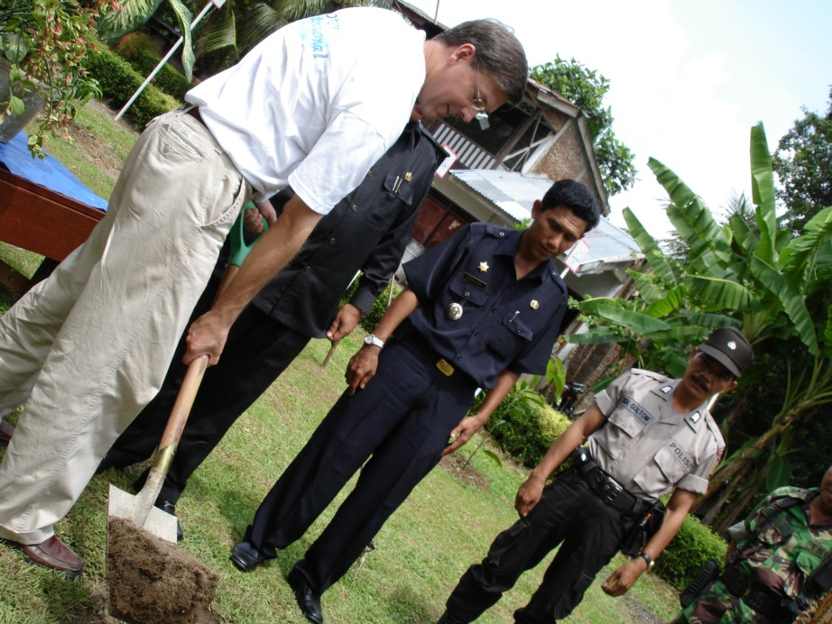
Finally, we break ground for Roosevelt Island House, with government officials looking on…
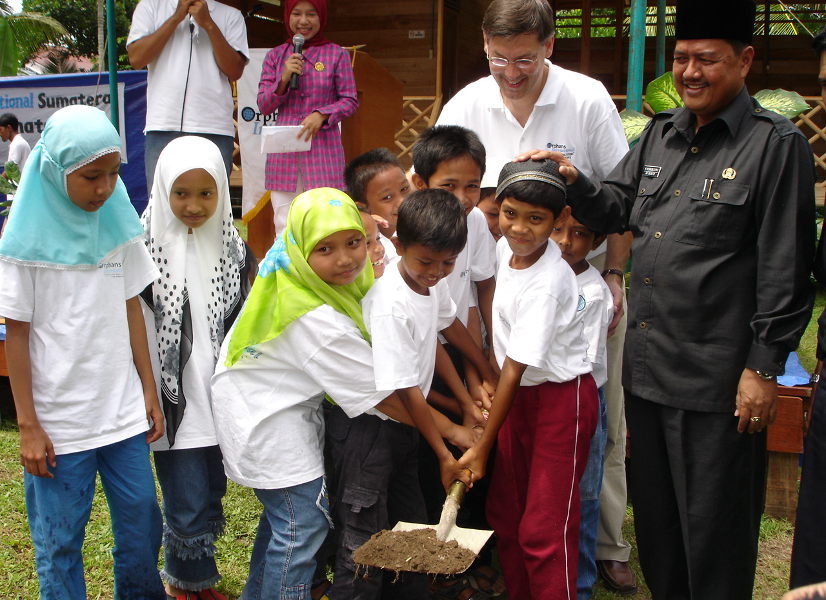
But the children seem to be much more excited by the prospect of another home – or at least playing in the dirt!
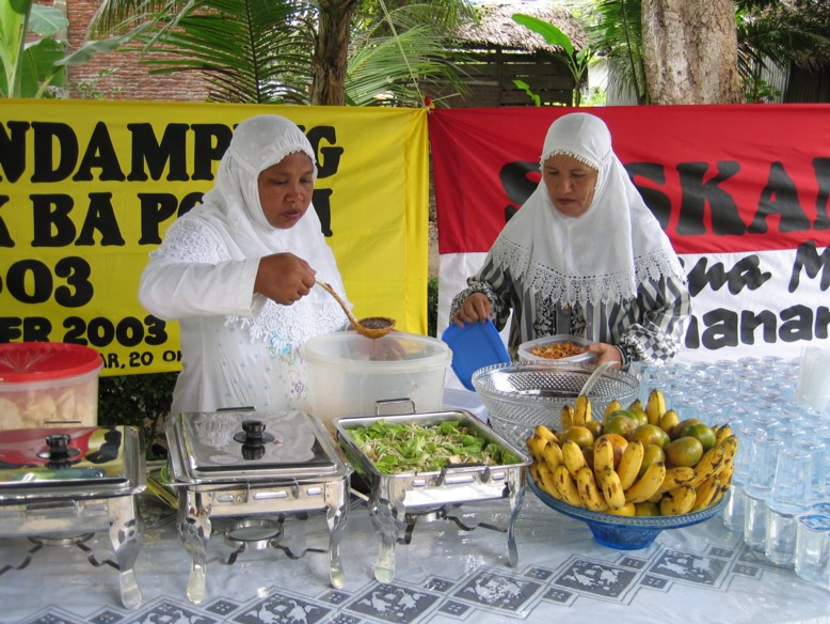
The local women cooked enough Acehenese traditional food for the village, it seemed…
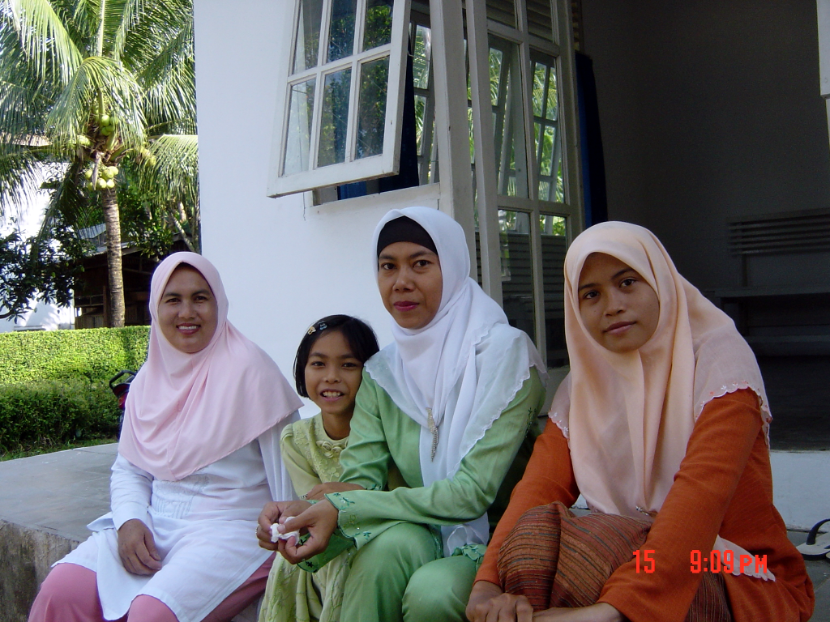
While the current health clinic staff enjoyed the events of the day while sitting in the shade.
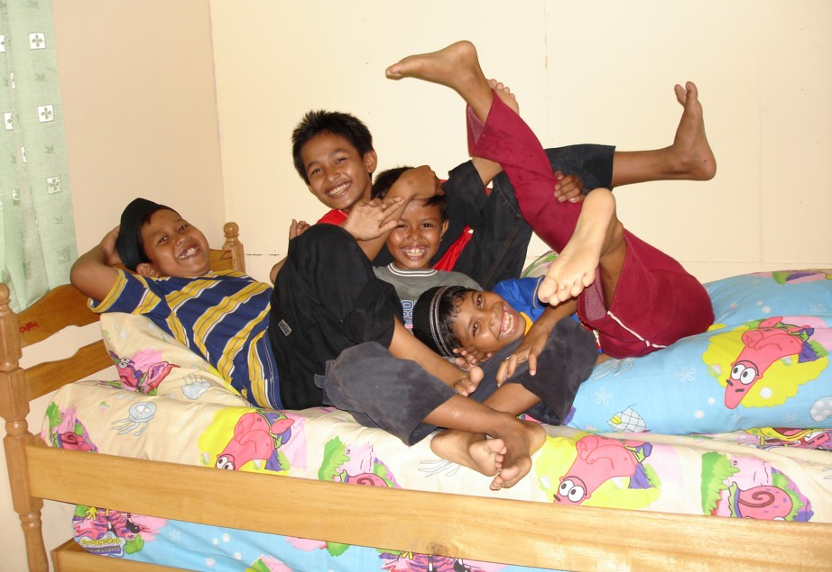
After Grodzins House opens, it’s time to have some fun – let’s wrestle on our new beds!
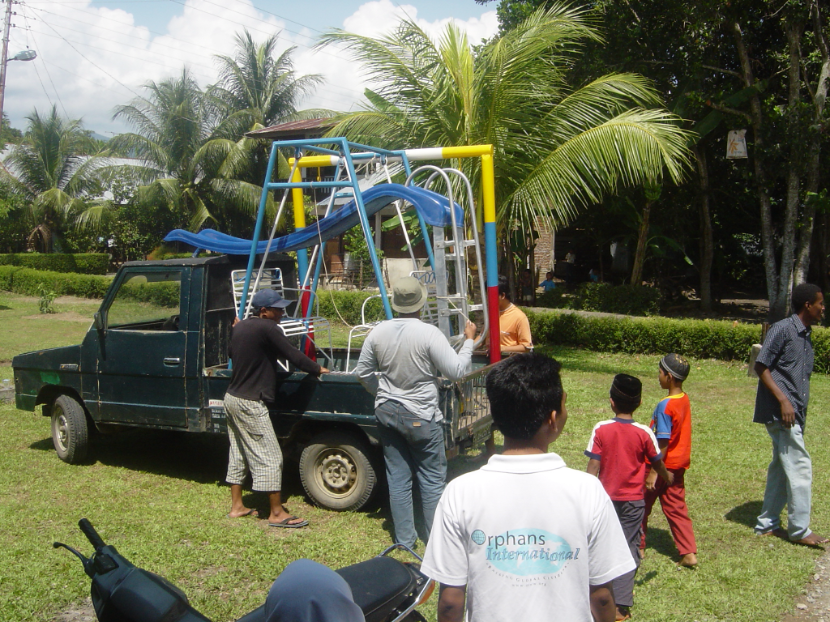
The very next day, a surprise from Auxiliaris Foundation of Puerto Rico, new playground equipment!
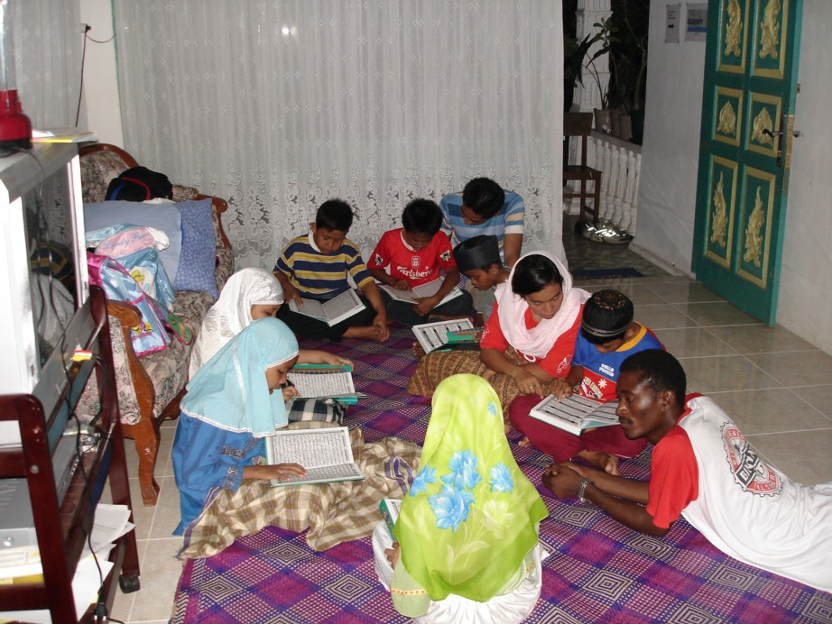
Followed by Afternoon Prayers, observed by Haitian Director Jacques Africot.
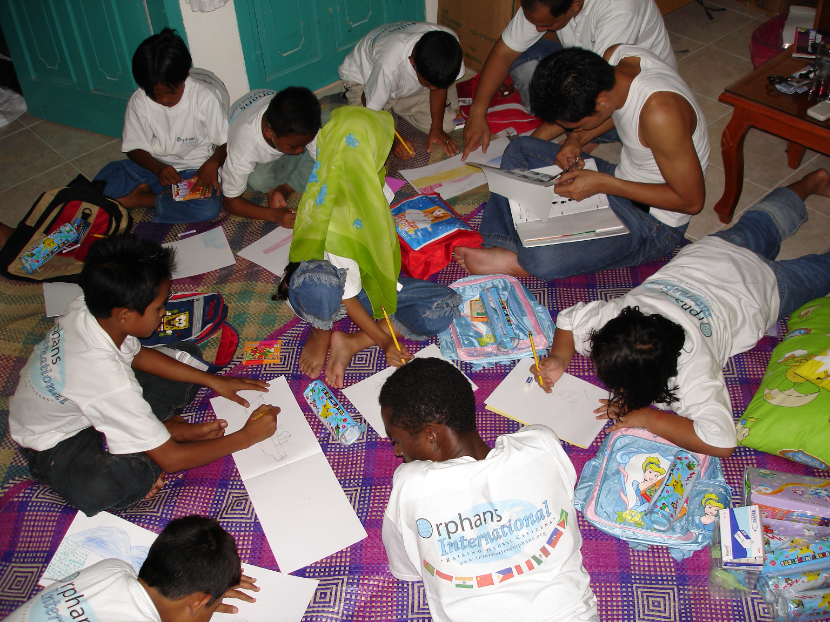
And arts and crafts to wind down a long day of excitement.
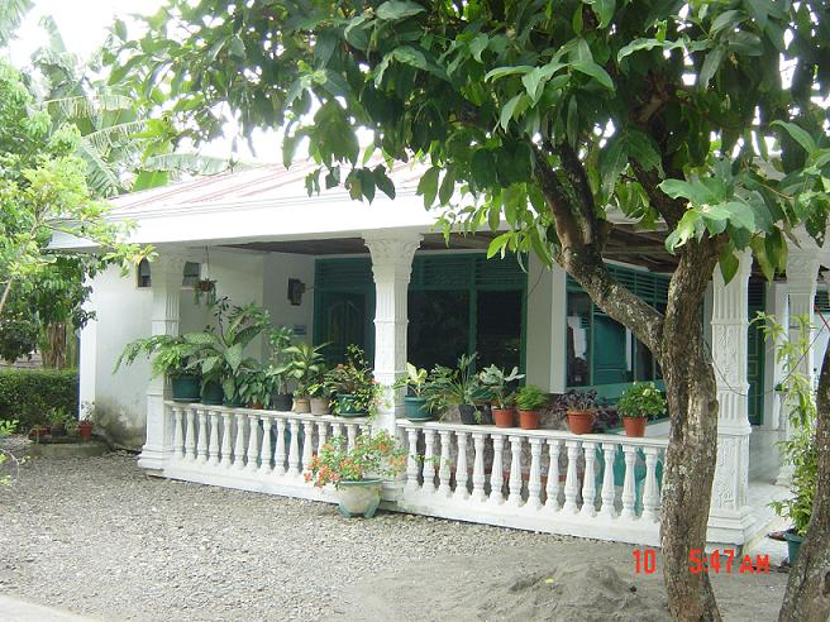
The staff, of course, stay in the OI Staff House down the street from our campus…
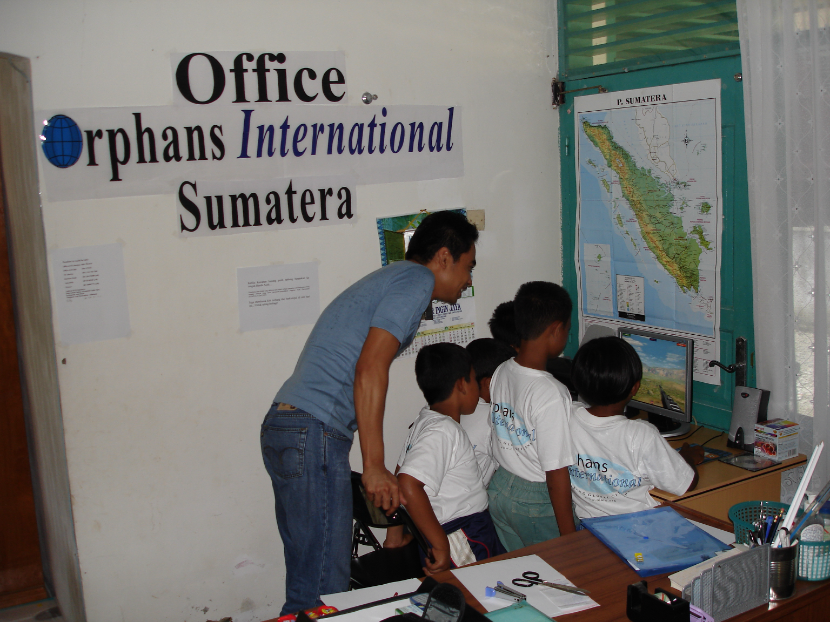
…which is where we have established our temporary office, where the children can play with the computer.
Post Script: Our funding ran out in the fourth year of the program but the children had not yet been united with their extended families; we needed a little longer for the families to recover and come forward. So I cashed out my 401-k and kept the children’s village alive for an additional year – just long enough so that every child found a home with a long-lost aunt, uncle or even older sibling.
Nigel Roberts, First Editor of The Stewardship Report
xxx
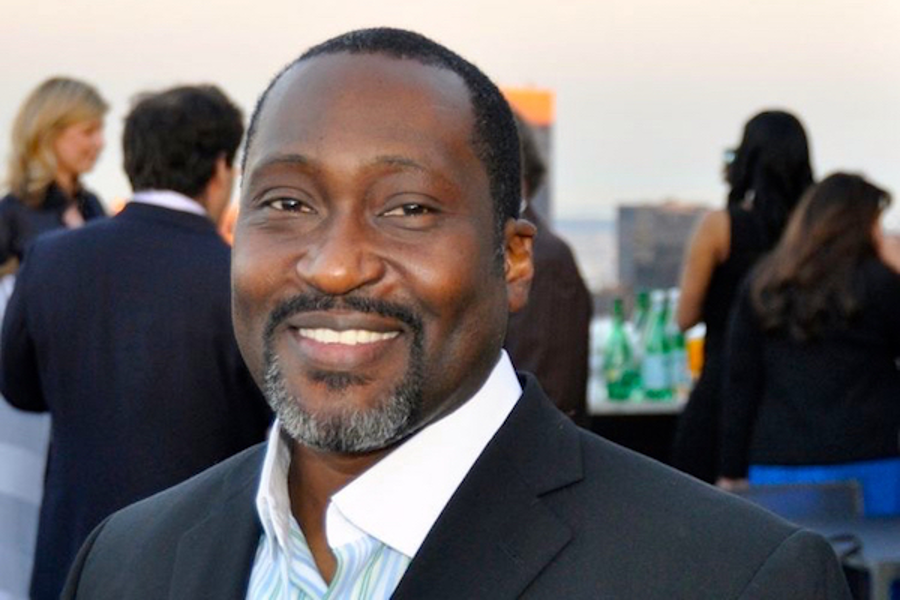
Our 2013
- Jesse Pollans & Seal Bin Han named as 2nd Luce Leaders
- Jeremy Hu hired as Executive Director, Nigel Roberts as Communications Director
- Office moves to Stonehenge storefronts on Second Avenue & 60th Street
Nigel Roberts, First Editor of The Stewardship Report (May 26, 2014)
My Summer with Special Needs Children at Easter Seals Camp
Photo: The Magic of Summer Camp at Easter Seals Camp in British Columbia. Credit © J.Abram Photo/Easter Seals BC Yukon.
Forty some years later and in a different state/province, but the needs of the children — and parents — remain identical.
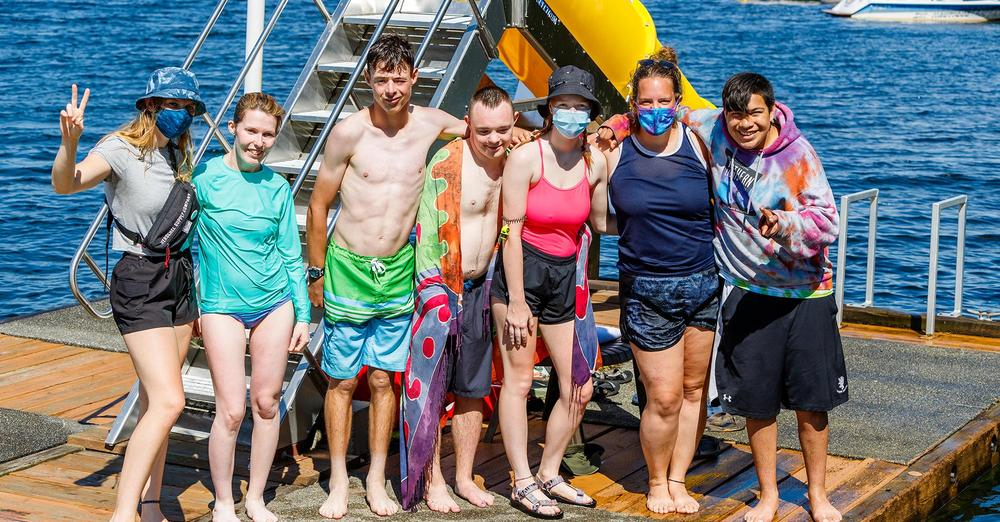
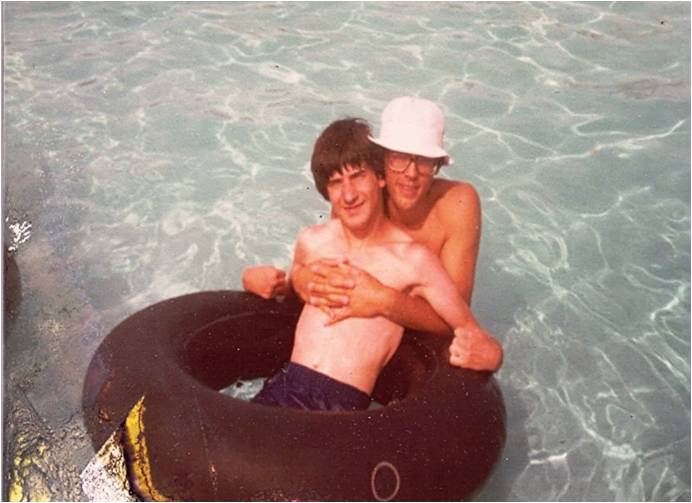
Working with children with
physical disabilities in Pennsylvania
[draft]
For parents of a child with a disability, caregiving can be 24 hours a day, seven days a week. It’s emotionally and physically demanding, with many different pieces that go into planning and maintaining care.
Now imagine a child who couldn’t go to summer camp because of the challenges of caregiving. At Easter Seals Camps, that’s not the case.
“The quality of care, the compassion and the kindness of the staff that they have at Easter Seals camps is absolutely incredible,” says Nansey, mother of Tina who has Cerebral Palsy and has been attending camps for more than ten years. “They select and hire the most capable, dedicated, and enthusiastic bubbly personalities.”
Easter Seals camps have a three-to-one camper-to-staff ratio, a 24-hour medical team on-site, and camp counsellors trained specifically to work with persons with physical and cognitive disabilities between the ages of six to 49. Disabilities vary from autism, development delays, anxiety disorders, Down Syndrome, Cerebral Palsy, epilepsy, and ADHD, among others.
“Over my years I’ve seen staff arrive wondering how they can impact the lives of each camper and leave changed forever from the experience,” says James Gagnon, Director of Camp Programs and Facilities at Easter Seals. “There’s something bigger than all of us at camp. There’s a magic in the air.”
“As soon as you come through the gate to the property you feel welcome and you can just feel the energy throughout the camp. The first time we arrived we were excited and nervous at the same time, but you leave knowing that everyone is going to have a wonderful time,” says Nansey.
That’s when the magic happens. A combination of training, experience, love, fun, friendship, and independence turns one week of camp into the best time of campers’ lives.
“Campers and families understandably arrive at camp with some anxiety and trepidation. No one can predict what is involved or how things will turn out in any new situation. Now add to that a disability and a camper who may have never been away from their primary caretaker, and that uncertainty is intensified,” explains Gagnon.
Easter Seals camps are fully inclusive and accessible, so any child or adult with a disability can attend and participate in any activity.
My Summer with Special Needs Children at Easter Seals Camp (May 20,2014)
GREAT PHOTOS
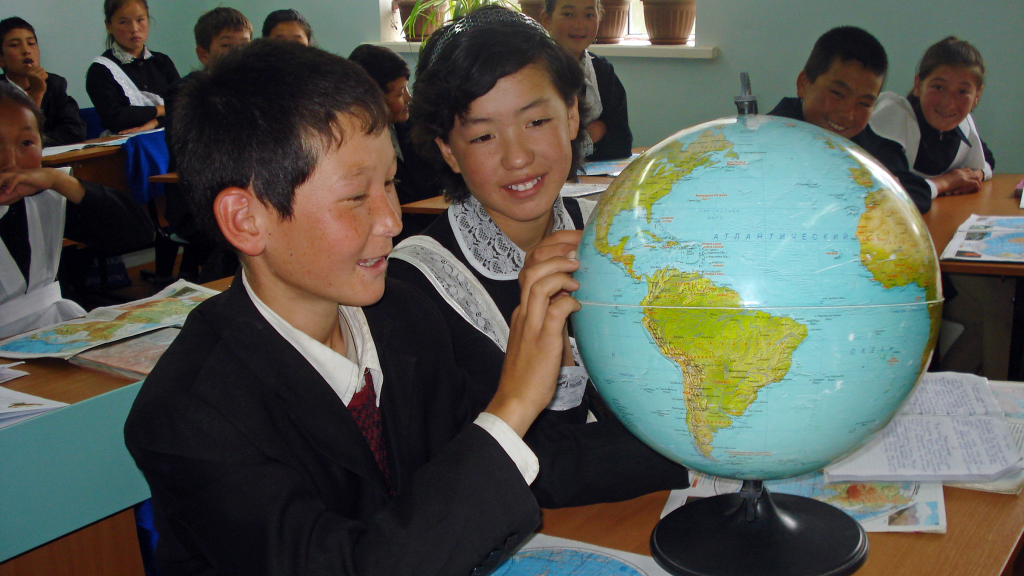
At the geography class in Ashimov school of Tuyp region. Photo: Aigul Eshtaeva / World Bank
